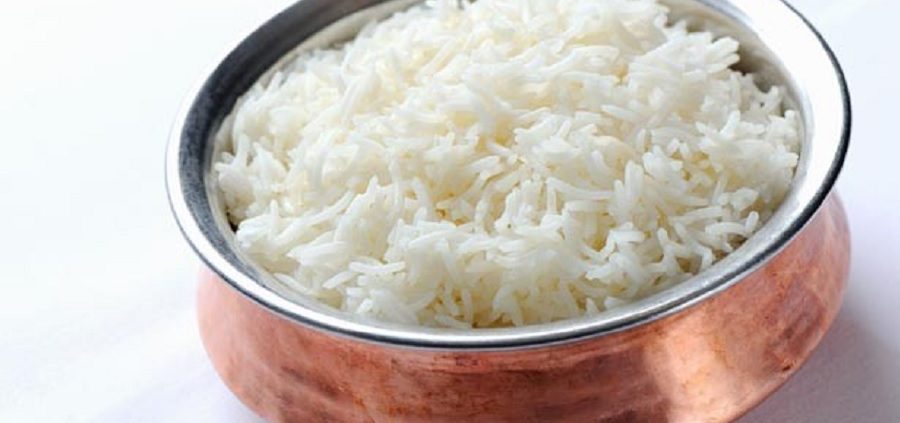THE 3 KINDS OF LEFTOVERS THAT YOU SHOULD NEVER EAT AGAIN
If you’re someone who reaches for the leftovers with not a thought, these danger dishes might give you a shock.
Leftovers are something that many of us have a love-hate relationship with. We hate that it doesn’t taste as good as when it was freshly made, but we love the fact that it only takes a couple of minutes in the microwave to make it ready for consumption.
Modern cooking is often about the microwave, as we heat up leftovers, batches cooked up earlier and more.
But did you know that dinner might not be the only thing you’re preparing, as food poisoning could be on the menu, too?
According to the Food Standards Agency, the secret to making sure you eat safely is in the four Cs – cooking, cleaning, chilling, and cross-contamination – or avoiding it.

They say that that it’s important to cook food thoroughly, particularly meat, to kill any harmful bacteria that may be present.
But when it comes to reheating food, you must make sure it is steaming hot all the way through, and don’t reheat food more than once.
Here are seven foods you should take care to avoid reheating unless you want to book a day away from work – and in the bathroom instead.
RICE
The problem with eating leftover rice mainly stems from the way it is stored. According to the Food Standards Agency, uncooked rice may contain spores of harmful bacteria that survive throughout the initial cooking process. If leftover rice is not kept at the right temperature, these spores will spread and multiply, and may cause digestion problems such as diarrhea or vomiting if consumed.
Reheating the rice doesn’t help, as these are spores that are able to survive even boiling hot temperatures. It is best to eat all of your rice right after it is cooked, however if you do have some left over, put it in your fridge or your freezer immediately after you are finished with it. Don’t let it sit at room temperature for longer than an hour, as the longer it is left out the more these dangerous spores will spread.
VEGETABLE OIL
Reheating meals made with vegetable oil for leftovers may put you at risk of heart disease, stroke, and even cancer. New research has found that repeatedly heating up polyunsaturated oils that have linoleic acid like canola, corn, soybean and sunflower oils, may release a toxic compound that can cause a variety of health disorders.
The compound in question is a fatty acid-derived toxin that is called 4-hydroxy-trans-2-nonenal (HNE). Numerous studies have linked consumption of HNE to many serious health conditions including cardiovascular disease, stroke, Parkinson’s, Alzheimer’s, Huntington’s disease, liver ailments and cancer.
According to American Dietetic Association spokeswoman Jeannie Moloo, heating vegetable oils too much or constantly reheating them can release HNE.
“If a person is concerned about the health aspects of HNE, then my recommendations would be to never heat any oil to the point of smoking and, as far as cooking at home goes, just use the oil one time,†she said.
VEGETABLES
Although many people claim that reheating leafy greens makes them poisonous, it is actually the way they are stored that can make them potentially dangerous.
According to the Center for Food Safety, leftover vegetables should be put into an area where the temperature is below 4 degrees Celsius or below, and if you are planning on storing these vegetables for longer than 12 hours you should freeze them.
This is because many vegetables, such as lettuce, spinach, celery, and beets, contain high amounts of a compound called nitrate. Although nitrate itself is not harmful, if vegetables are left out at room temperature bacterial action will cause the accumulation of nitrite, which is a metabolite of nitrate.
Nitrate consumption has been known to be harmful to infants and young children as it can cause a blood disorder called methemoglobinemia, which symptoms include headaches, fatigue, shortness of breath and seizures.



